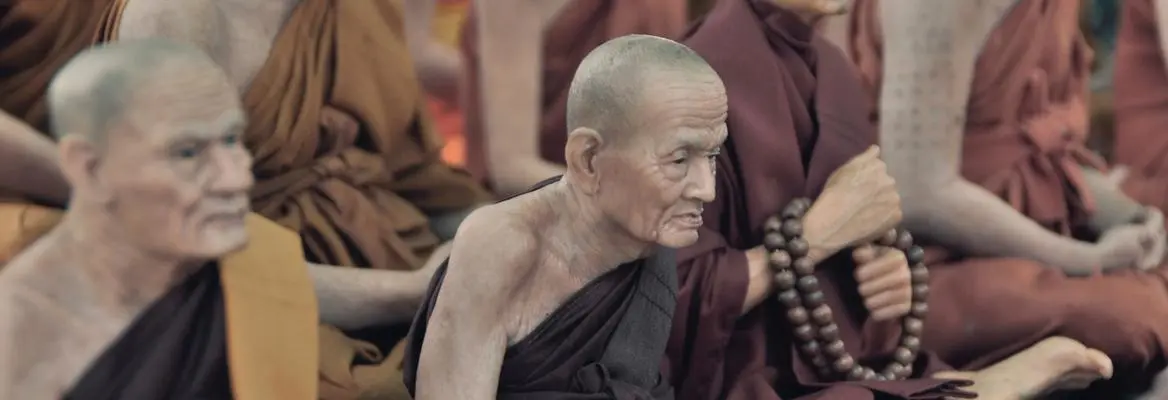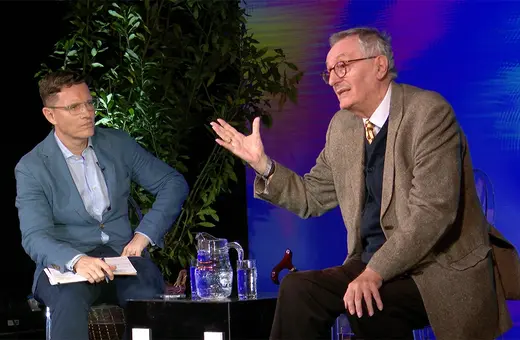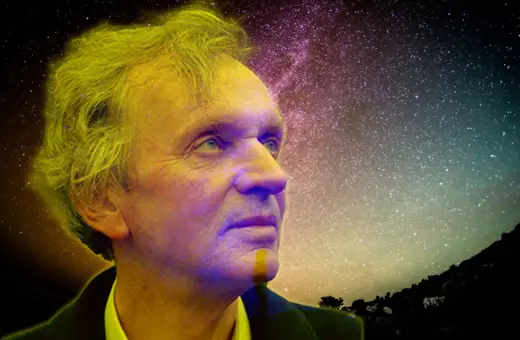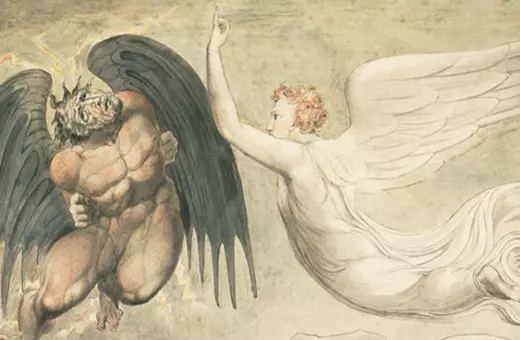1. The Purpose of Yoga: Liberation
In recent years, especially in the West, Yoga has increasingly been reduced to practising postures/asanas and practitioners in general are quite oblivious to the fact that Yoga is an important philosophical system whose aim is to achieve mokṣa (moksha/liberation) for the practitioner.
Patañjali, the author of the key texts of Yoga, the Yoga Sutras, who is considered to have lived in the 3rd century BCE, hardly talks about the āsanas. He is recognised as the first person to have brought all the yogic concepts, that had been scattered around since 2500BCE, in a structured framework, which presented the Yoga philosophy in the Yoga Sutras. Patañjali’s emphasis is on Yoga as a philosophical system only, that could help one attain moksha. Vyāsa, the first commentator of the Yoga Sutras, who probably lived around 5th century CE, mentions a few āsanas but doesn't focus on them much.
While Indian philosophy has the concepts of ego and a ‘sense-of-I’, which act for selfish gains in the world (samsara), the aim is to transcend the ego state and realize one’s true Self – the atman, which has a permanent nature. The worldly life is discounted when compared to the state of moksha and every system has a set of rules as to how to reach this state of liberation.
2. The Metaphysics of Yoga
Yoga believes in two permanent realities: a material reality called prakriti out of which the entire material universe comes into existence and a spiritual reality called purusha, which helps the yoga aspirant towards the achievement of moksha.
Prakriti is composed out of three constituents (gunas) – good (sattva), energetic (rajas) and dull (tamas). Prakriti is in motion at all times and when there is an equiblibrium of the three gunas then there is no creation; however when the equilibrium is disturbed then the world, including all living beings, come into existence. The intellect evolves first, with a preponderance of sattva, then gradually the ego-sense, the mind, all the sense organs and finally the five elements come into being. This embodiment is the instrument which is used by purusha for its spiritual goal of liberation.
___
"The main reason for sorrow is the ignorance of our real nature which Patanjali defines as 'Mistaking the non-eternal, impure, painful and non-self as being eternal, pure, pleasurable and the Self.'"
___
3. Yoga as a Cure for Sorrow
Vyasa, the first commentator of the Yoga Sutras, who is considered to have lived in 5th century CE, compares the philosophy of Yoga to medical science. He says that just as there is disease, so is there sorrow in the world; just as there is a cure for disease, so also is there a cure for sorrow; there are means for the cure of disease and so also for sorrow; and finally the cure in Yoga is liberation.
There is a tacit assumption that life (samsara) is full of sorrow or pain. Even when one enjoys transient pleasures everything in the end is only sorrow. The main reason for this state of affairs is our ignorance (avidya) of our real nature, which Patanjali defines as “Mistaking the non-eternal, impure, painful and non-self as being eternal, pure, pleasurable and the Self.” So the aim is to remove this ignorance through both physical and mental/spiritual practices described in the Yoga Sutras. Since mental discipline can only be attained when the body is also disciplined, Patanjali lays down a set of eight means for the steadying of the mind and reaching a state of one-pointedness or singular attention.



















Join the conversation